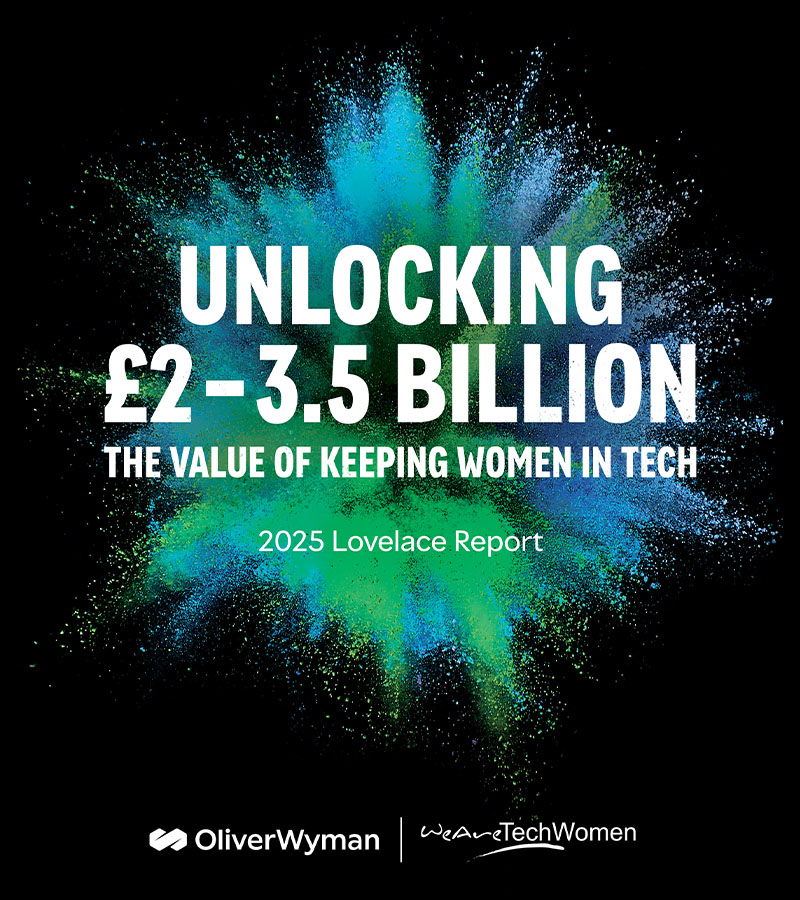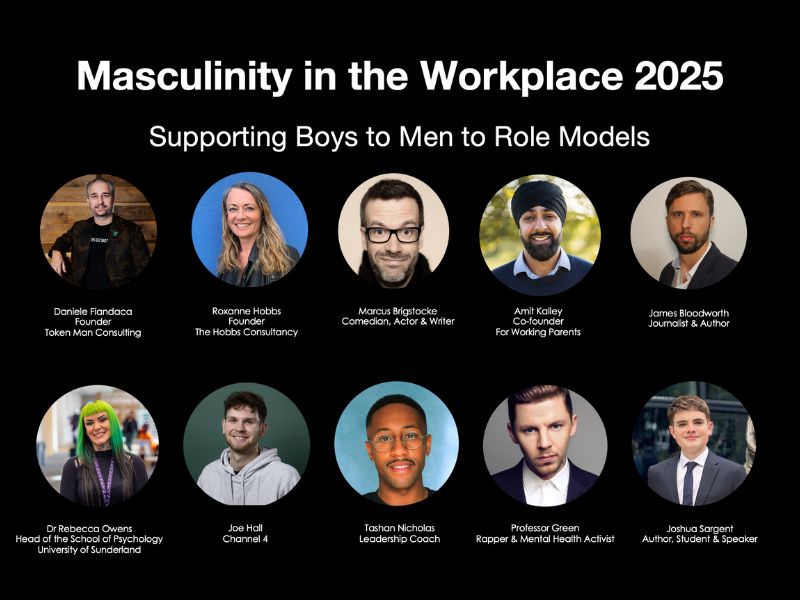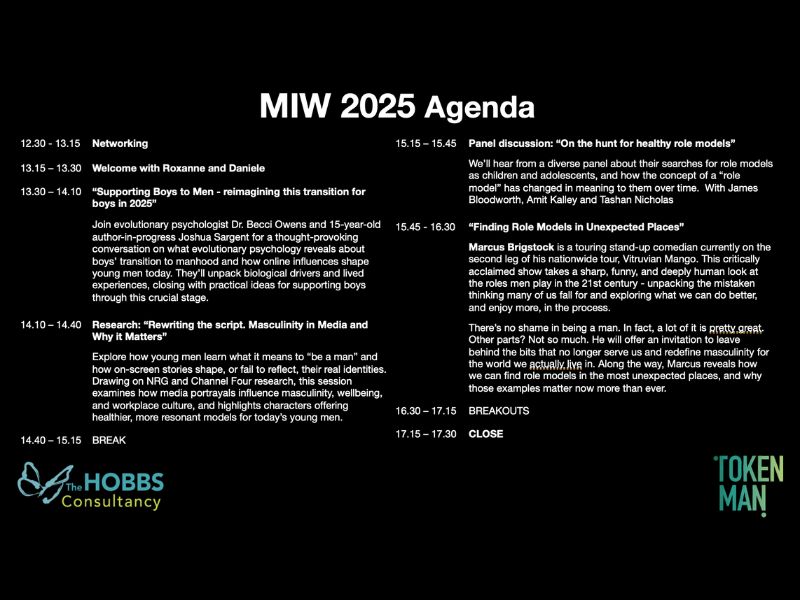 Often we choose to transform our companies and at times it thrust upon us, much like what is happening right now with events like Covid-19 and BREXIT.
Often we choose to transform our companies and at times it thrust upon us, much like what is happening right now with events like Covid-19 and BREXIT.
If you spend time reading up on transformations, you will find plenty of articles reflecting on the high percentage of transformation failures, as the majority of all transformation fail to deliver on their intended outcomes:
- The Wall Street Journal ran a survey of directors, CEOs and senior executives which found that transformation risk was their #1 concern in 2019.
- The Harvard Business Review states 70% of large scale transformations fail to meet their goals.
- Forbes/Towers Watson reports that only 25% of change management Initiatives are successful over the long term.
Communication is one of the key areas to focus on to set up your transformation for success.
Over the last 20 years, myself and my co-author have come to recognise 5 common mistakes that are made when it comes to transformations:
- Making the communication too complex
- Not being clear on who the audience is
- Ignoring the unique context of your transformation
- Using the wrong channels and getting the frequency wrong
- One way communications – not providing a way for your audience to participate
To remedy these, you can use these 5 parts to build a robust communication strategy:
- Simple – keep it jargon free
When you issue communications, it is so important that all jargon and technical terminology is avoided where possible, plain language should be used so that all messages are clear and concise. When jargon must be used, ensure that it’s explained again and again.
- Audience – know who you are communicating with
For those affected by your transformation the change is personal. Roles that are being impacted by the transformation need someone to listen so they can air their issues, worries and frustrations before they will support and adopt the change you are recommending.
There will always be a mix within your organization of those who:
- Sit on the fence
- Resist the change
- Support the change
Initially, focus your efforts on those people that are sitting on the fence, as it is unlikely that you will convince the real detractors in the short term. Work out what their top questions will be and design your initial communications to raise awareness to these proactively:
- Give them a reason to change (visualization, the vision, the why)
- Show them a way to change (small, clear steps)
- Give them support, encouragement and feedback
- Context – tailoring your communication
Your communication strategy must take into account the unique context of your organization and how it is organized. The following questions will help you tailor your communication strategy:
- Is your organization in a single country or is it global?
- Is your company arranged around business units or countries?
- Is it centralized or decentralized?
- How does information currently pass through your organization?
- Channel and frequency – production and distribution of your content
Digital communications such as emails, videos or blogs can be an effective way to communicate with the scale of people that are impacted. However, there is a risk that they are perceived as impersonal and show a lack of interest. Therefore, it is critical that your communication strategy has a mix of digital and in-person communication. It’s key that there are channels for ongoing healthy two-way communication, where all stakeholders feel they are being listened to and understood.
- Feedback – monitor and measure the impact of the communications
The best communication should be a two-way endeavour. You need to make sure that your audience has the ability to contribute and respond. It should be a conversation rather than a one way delivery of content.
Some of the most effective ways of doing this are:
- Managed online forums
- Focus groups
- Surveys
- In-person “Town Hall” sessions
- Local champions
- Online Q&A sessions
About the author
 Cuan Mulligan is co-founder of The HERO Transformation Framework (www.herotransformation.com) – the step-by-step process to deliver transformations and large-scale change programs with the best chance of success. He is a digital transformation and leading transformation expert having delivered some of the world’s largest and most complex transformations.
Cuan Mulligan is co-founder of The HERO Transformation Framework (www.herotransformation.com) – the step-by-step process to deliver transformations and large-scale change programs with the best chance of success. He is a digital transformation and leading transformation expert having delivered some of the world’s largest and most complex transformations.
Cuan Mulligan is co-author of The HERO Transformation Playbook with Arif Harbott, , published by Practical Inspiration, priced £29.99.
WeAreTheCity covers the latest female centric news stories from around the world, focusing on women in business, careers and current affairs. You can find all the latest gender news here.
Don’t forget, you can also follow us via our social media channels for the latest up-to-date gender news. Click to follow us on Twitter, Facebook, Instagram, and YouTube.






